Miso is a fermented soybean paste and dynamic ingredient that can add umami-rich flavor to soups, marinades, sauces and more. A testament to miso’s power is the popularity of miso butter. Chefs and home cooks use the compound butter to add pizzazz to myriad dishes, from proteins and pasta to plain veggies.
My love affair with miso butter started after I made a batch to melt over broccoli in an effort to eat more vegetables. The verdict? It worked! Within a few days, I found myself spooning it onto potatoes, corn and carrots and seeking out more veggies to pair with my miso butter. My husband — who embarrassingly used to only love broccoli with cheese melted on top — even began asking for miso butter-topped greens after trying them for the first time this month.
MORE: How to make your own butter at home
Read on to learn more about miso butter and how to make it yourself.
What is Miso Butter?
The only ingredients you need to make miso butter are butter and miso — a fermented paste with a gentle punch of funk (in the best way) — but you can add other ingredients depending on your preferences and what you plan on eating with your miso butter. For example, some recipes call for the addition of ground pepper, minced garlic, hot sauce, sesame oil or honey.
More About Miso
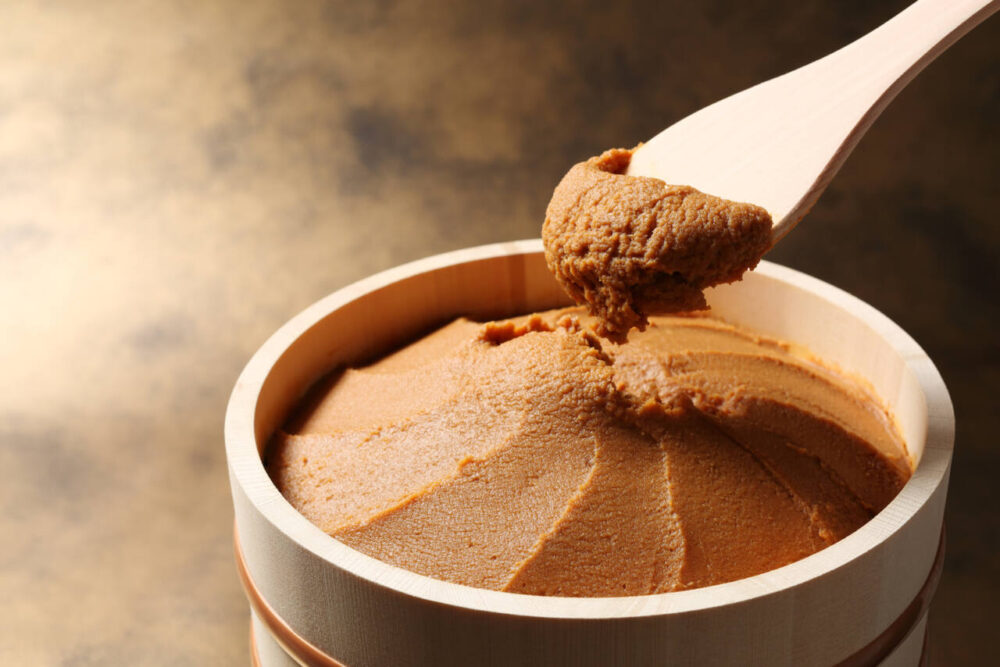
Miso, one of the main ingredients in miso butter, is a paste that has been made and used in Japan for centuries. There are more than a thousand types of miso of varying flavors and colors, which depend on their ingredients and fermentation time. White or light misos (mild and sweet) and dark or red misos (bold and salty) are the two most common types available in the United States. You can typically find a selection in the refrigerated section of local Asian or specialty grocery stores.
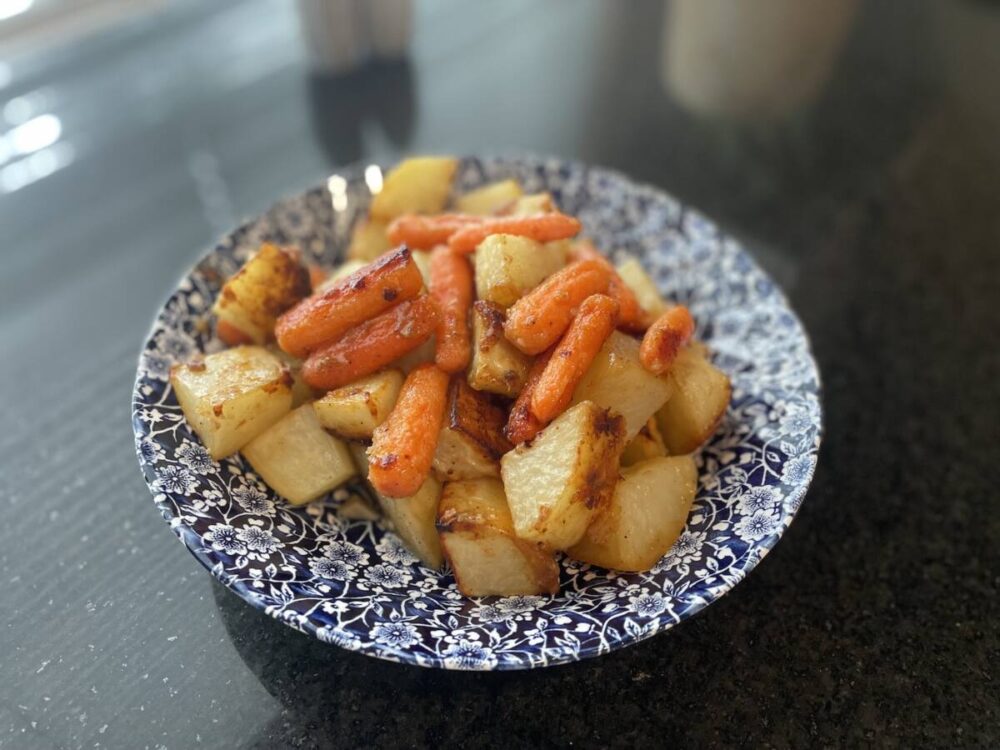
Because miso is a fermented product, it contains probiotics or bacteria that can potentially be beneficial to your digestive and immune systems. The condiment also has nutrients such as manganese, B vitamins, copper and vitamin K. But miso is pretty salty, so be sure to check with your healthcare provider before adding large amounts to your diet, especially if you’re trying to watch your sodium intake.
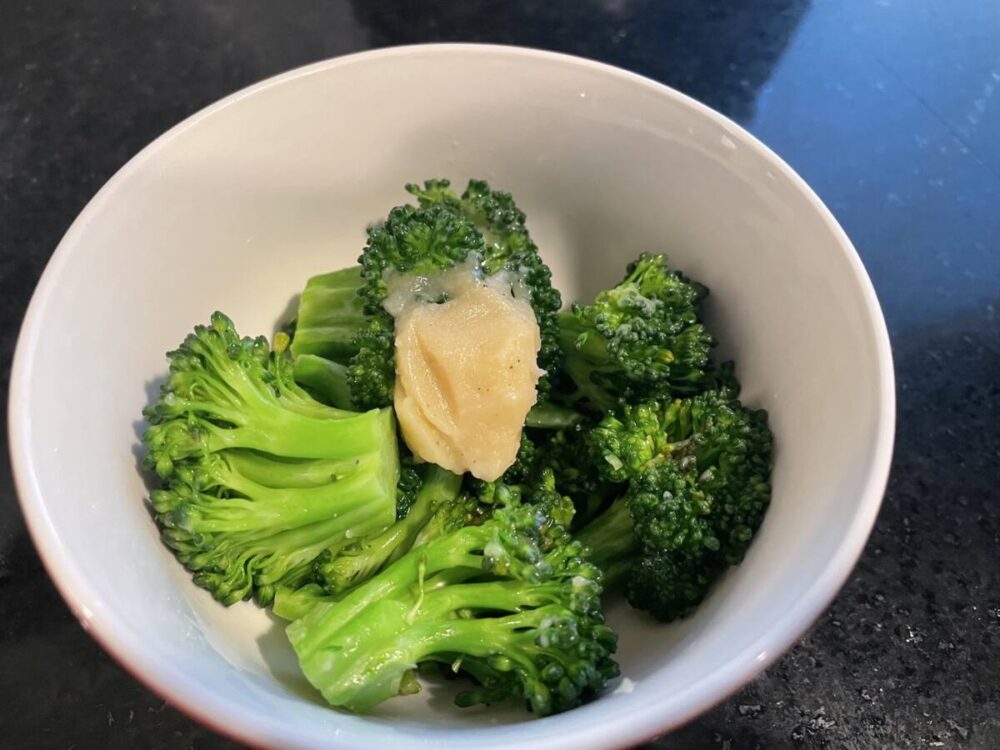
How to Use Miso Butter
Smear Miso Butter on Veggies
Prepared miso butter plays well with almost every vegetable you can think of, adding a deep, savory flavor and complex sweet and salty notes to blanched broccoli, grilled corn on the cob, roasted baby carrots and cubes of russet potatoes (my favorite).
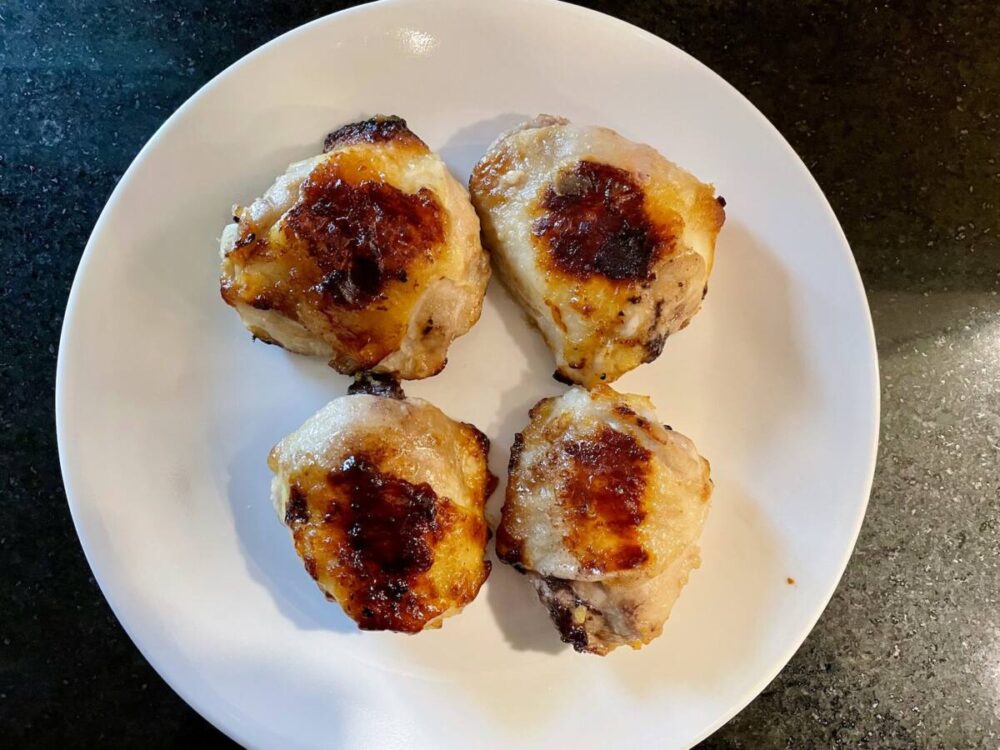
Spread Miso Butter on Toast or Spoon it on Chicken, Meat or Fish
You can also spread miso butter on toasted bread or spoon it onto cooked meats and fish such as steak or salmon. My go-to protein to smother with the condiment is a miso chicken recipe from Sam Sifton, the editor of New York Times Cooking, which calls for miso butter infused with honey and rice vinegar. The honey in the miso butter browns in the oven, resulting in juicy poultry shrouded in crispy, caramelized skin.
Make Decadent Miso Pasta
Miso pasta (think: the best buttered noodles you’ve ever had) is also a popular way to use miso butter. Miso and butter are transformed into a creamy, decadent sauce with the addition of the pasta of your choice, starchy pasta water and Parmesan cheese. I prefer using linguine or angel hair. I like to make it for lunch with a side of blanched broccoli.
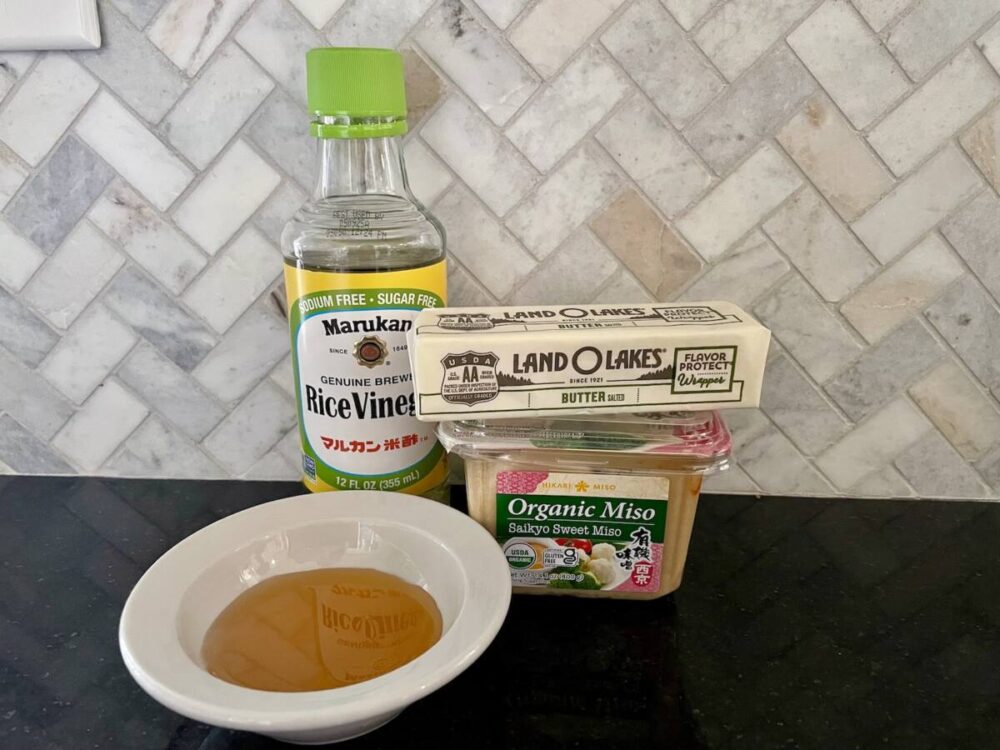
How to Make Miso Butter
There are tons of miso butter recipes. But one of the most basic, from veteran food writer Mark Bittman of The New York Times, requires combining 4 tablespoons of room temperature butter with 2 tablespoons of miso (I prefer a light or sweet miso) and freshly ground pepper.
He recommends rolling the butter into a log using plastic wrap to refrigerate or freeze for later use (it’s a handy method that allows you to cut off slices). But I just store mine in a glass airtight container and spoon out as much as I need for each dish.
MORE: The 4 best substitutes for soy sauce
I prefer using unsalted butter, but the salted variety also works; just make sure your stick is softened or at room temperature so you can mix it into a smooth spread using a spoon or spatula. I didn’t have softened butter one time when I made it, so I melted a stick for the recipe and it worked, but the resulting miso butter was slightly lumpy.
Another one of my tried-and-true miso butter recipes is from editor and food developer Megan Scott of Simply Recipes. Her rendition calls for 8 tablespoons of softened salted or unsalted butter, 2 tablespoons of white miso — and 2 teaspoons of sesame oil, which adds toasty, nutty notes to the mixture.
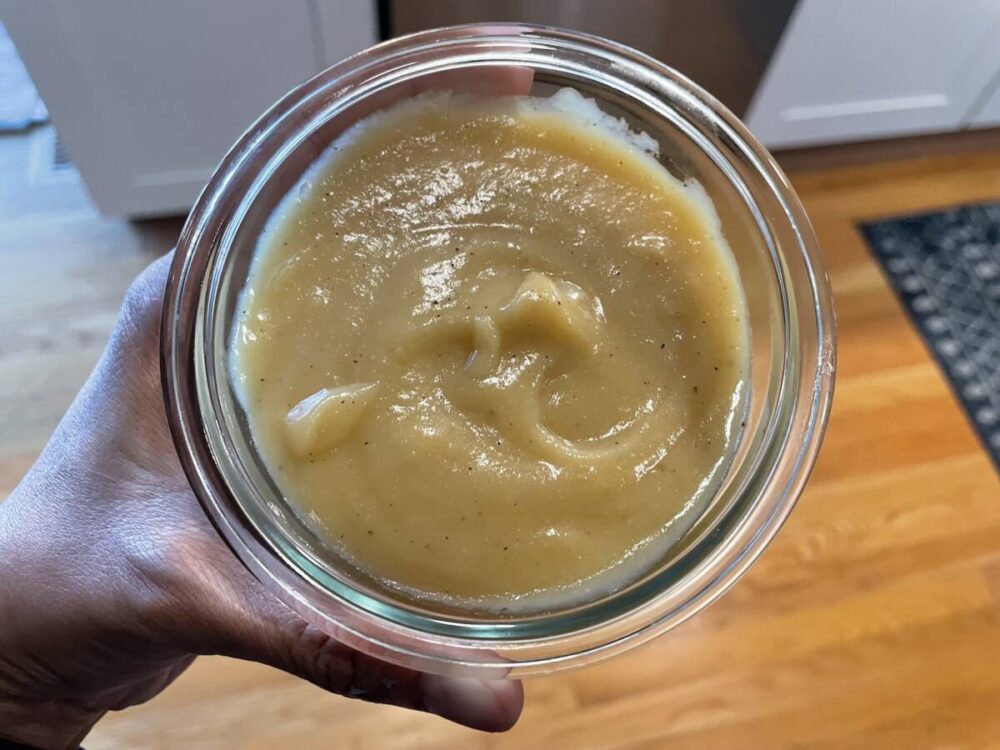
Other miso butter variations include a spicy option spiked with garlic and Sriracha, a rendition with orange juice and orange zest, and one made with smoked paprika, mustard powder and rice vinegar. Once you make miso butter a few times, you can customize the recipe to your liking. The condiment stays fresh in the refrigerator for two to three weeks or in the freezer for up to a month.
This 2-ingredient sauce elevates plain veggies to culinary masterpieces originally appeared on Simplemost.com


